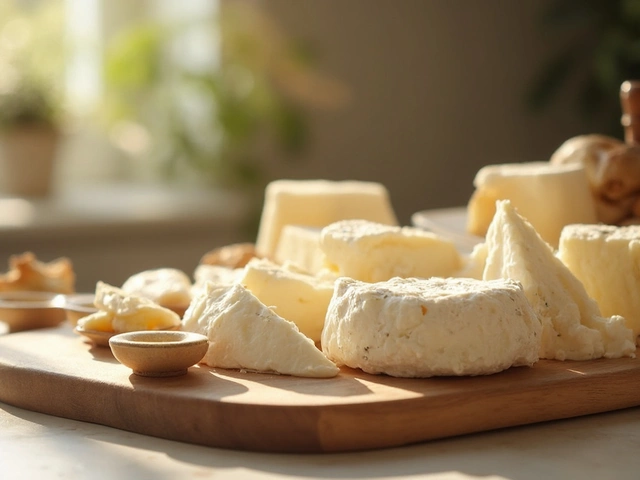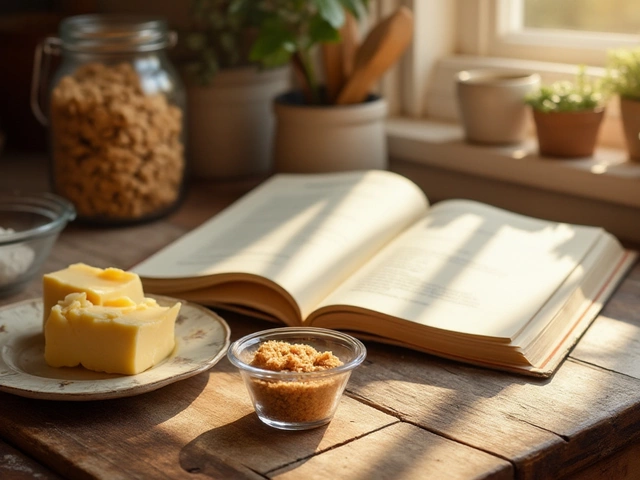Cannoli Origin: The Sweet Story of Italy’s Beloved Pastry
Ever wondered why cannoli look the way they do and where the idea of filling a fried tube with sweet ricotta started? The answer takes you straight to the heart of Sicily, where street vendors first rolled out these crunchy‑and‑creamy treats for a quick snack.
Back in the 9th century, Arab traders brought a technique called "ma'amoul" – a fried dough that could hold a sweet filling. Sicilians adapted the method, using locally available wheat flour and olive oil, and soon the dough was shaped into small tubes. The shape wasn’t random; it made the pastry easy to eat on the go, perfect for market stalls and festivals.
Sicily’s Early Beginnings
In medieval Palermo, cannoli were known as "cannolu" – literally “little tubes.” The first fillings were simple: honey, diced fruit, or a sweet cheese made from sheep’s milk. As the island’s dairy farms grew, ricotta cheese became more abundant, and bakers started mixing it with sugar, cinnamon, and sometimes chocolate chips. That combo is the classic filling you see today.
Religious festivals gave the pastry a boost. During the Carnival season, people would line up for a quick bite before the celebrations began. The sugary treat was also a popular gift during Easter, symbolizing good luck and prosperity. By the 17th century, cannoli had earned a place on every major Sicilian feast table.
How Cannoli Spread Across Italy and the World
When Italians migrated to the United States in the early 1900s, they brought cannoli recipes from their hometowns. Little Italian bakeries in New York, Chicago, and San Francisco began offering them to a curious American crowd. The first American versions often added chocolate chips, candied orange peel, or even pistachios – regional twists that made the pastry feel local while staying true to its roots.
\nToday, you’ll find cannoli in almost any Italian bakery, from tiny villages in Sicily to high‑end patisseries in London. The basic rule remains the same: a crisp, fried shell filled with lightly sweetened ricotta. Some chefs experiment with flavored ricotta – lemon zest, pumpkin puree, or even espresso – but the original concept never changes.If you want to try making them at home, the trick is all about the shell. Use a good quality pastry flour, a pinch of salt, and keep the oil hot enough so the tubes puff up quickly and stay crunchy. Let the shells cool completely before filling – otherwise the ricotta will melt and make the pastry soggy.
So next time you bite into a cannoli, remember you’re tasting a tradition that started on Sicilian streets centuries ago, traveled with immigrants, and now lives on tables worldwide. It’s a simple pastry with a rich story, and that’s what makes it special.
Who Invented Cannoli? The Sweet Story and Origins of Italy's Iconic Dessert
Ever wondered who invented cannoli? Dive into the real history, myths, and surprising origins of this legendary Italian dessert—plus foodie tips.
View More




